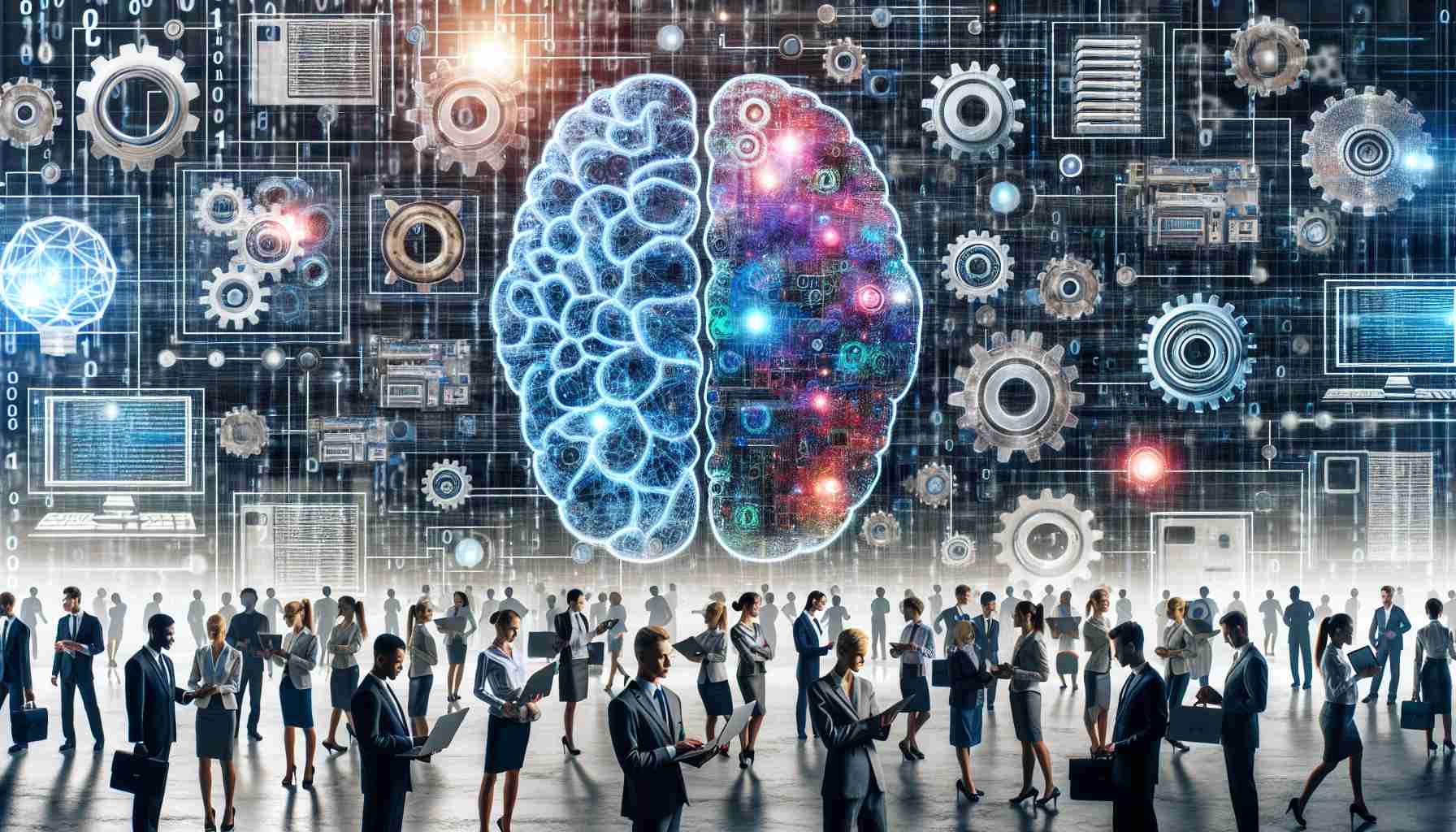Artificial intelligence (AI) and machine learning (ML) have transitioned from being elements of science fiction to becoming integral parts of our present reality. These technologies have gained significant prominence in various industries, including the world of information technology (IT).
The growing influence of AI and ML within the IT sector is truly remarkable. This surge in popularity can be attributed to the proliferation of big data and advancements in algorithms. AI and ML algorithms, once considered futuristic concepts, are now seamlessly integrated into our daily lives.
According to a study conducted by Precedence Research, the global machine learning market is projected to grow at a staggering compound annual growth rate (CAGR) of 35% and reach approximately $771.38 billion by 2032. Similarly, the AI market is expected to witness a CAGR of 19%, surpassing $2,575.16 billion by 2032.
These technologies have taken center stage in our increasingly tech-driven world, and there are no signs of slowing down. Thanks to innovative thinking and ample funding, AI and machine learning continue to be developed, streamlining processes and boosting productivity in various sectors.
In the IT industry, AI and ML play a crucial role in revolutionizing the way businesses operate. According to a report by Rackspace Technology, 72% of surveyed companies incorporate AI and ML into their IT and business strategies, considering them vital technologies. These technologies are harnessed to improve existing processes, minimize risks, and predict business performance and industry trends.
When it comes to the role of AI in information technology, machine learning takes the spotlight, particularly with its deep learning capabilities. Machine learning algorithms are designed to uncover patterns and connections within vast amounts of data. They leverage past data to predict outcomes, categorize information, simplify complexity, and even generate innovative content.
In the IT sector, AI and ML find application in various use cases:
1. IT Support and Helpdesk Automation: AI-driven chatbots, virtual assistants, and smart ticket management systems effectively handle routine requests, enhancing user satisfaction and reducing operational costs.
2. Data Analytics and Business Intelligence: AI and ML algorithms enable businesses to analyze and process vast volumes of data, uncovering trends, making predictions, and providing essential insights for informed decision-making.
3. Cloud Pricing Optimization: AI tools help companies analyze cloud usage, accurately predict costs, spot unusual patterns, and suggest more cost-effective resources, leading to significant savings.
4. IT Documentation: Natural Language Processing (NLP) and machine learning automate classification and organization tasks, making it easier to search for relevant information and extract crucial insights from documents.
5. AI-Powered Software Development: AI-assisted tools automate repetitive tasks, create code snippets, and assist in debugging, resulting in improved efficiency and reduced errors.
6. IT Operations Management (AIOps): AI tools aid in smart alerts, problem diagnosis, threat detection, automatic problem-solving, and resource optimization, ensuring smooth operations and minimizing disruptions.
7. Financial Reporting and Accounting: AI algorithms streamline financial reporting and accounting processes, including automated report generation based on data analysis and management tasks.
AI and ML have undeniably transformed the IT industry and continue to shape its future. These technologies have proven their value by enhancing operational efficiency, improving decision-making processes, and boosting productivity. As advancements in AI and machine learning continue to unfold, their potential for innovation and disruption remains significant.
FAQ Section based on key topics and information presented in the article:
1. What are the main sectors where artificial intelligence (AI) and machine learning (ML) are developing?
– AI and ML are becoming increasingly popular in all sectors, especially in the information technology (IT) sector. Both areas play a critical role in revolutionizing the way businesses operate.
2. What are the main benefits of using AI and ML in the IT sector?
– AI and ML can be used to improve processes, minimize risk, and predict outcomes and industry trends. They also enable IT support enhancement, cloud service price optimization, AI-assisted software development, streamlined IT operations, and simplified data analysis and financial reporting.
3. What is the potential growth of the machine learning and artificial intelligence market?
– According to a report by Precedence Research, the global machine learning market is projected to reach approximately $771.38 billion by 2032, with a compound annual growth rate (CAGR) of 35%. The AI market is expected to surpass $2,575.16 billion by 2032 with a CAGR of 19%. Both technologies have significant growth potential and have become an integral part of our reality.
4. In what areas can AI and ML be applied in the IT sector?
– AI and ML find application in various areas in the IT sector, such as IT support and helpdesk automation, data analytics and business intelligence, cloud pricing optimization, IT documentation, AI-powered software development, IT operations management (AIOps), and financial reporting and accounting.
5. What are the benefits of using AI and ML in the IT sector?
– AI and ML contribute to increased operational efficiency, improved decision-making processes, and enhanced productivity in the IT sector. These technologies also foster innovation at various levels, leading to further sector development.
Key term definitions and clarifications used in the article:
– Artificial Intelligence (AI): Technology that enables computers to perform tasks that would normally require human intelligence, such as understanding language, making decisions, and pattern recognition.
– Machine Learning (ML): A branch of artificial intelligence where computers can learn and improve their actions based on available data without being explicitly programmed.
Suggested related links:
– AI.org – Home page
– ML.org – Home page
– Rackspace Technology – Home page
– Precedence Research – Home page
The source of the article is from the blog lisboatv.pt
